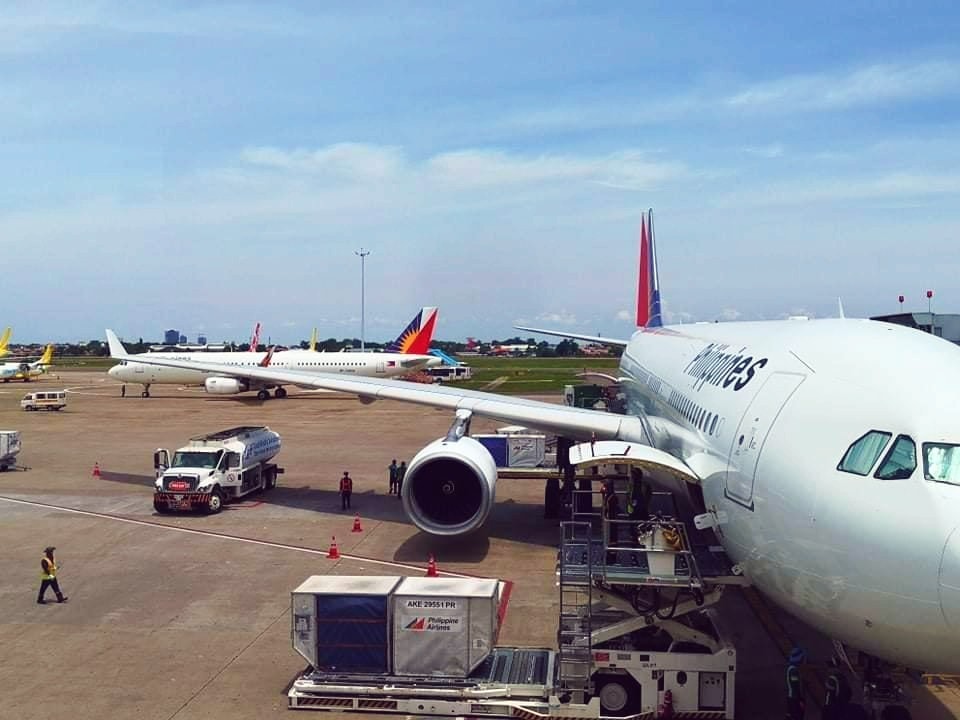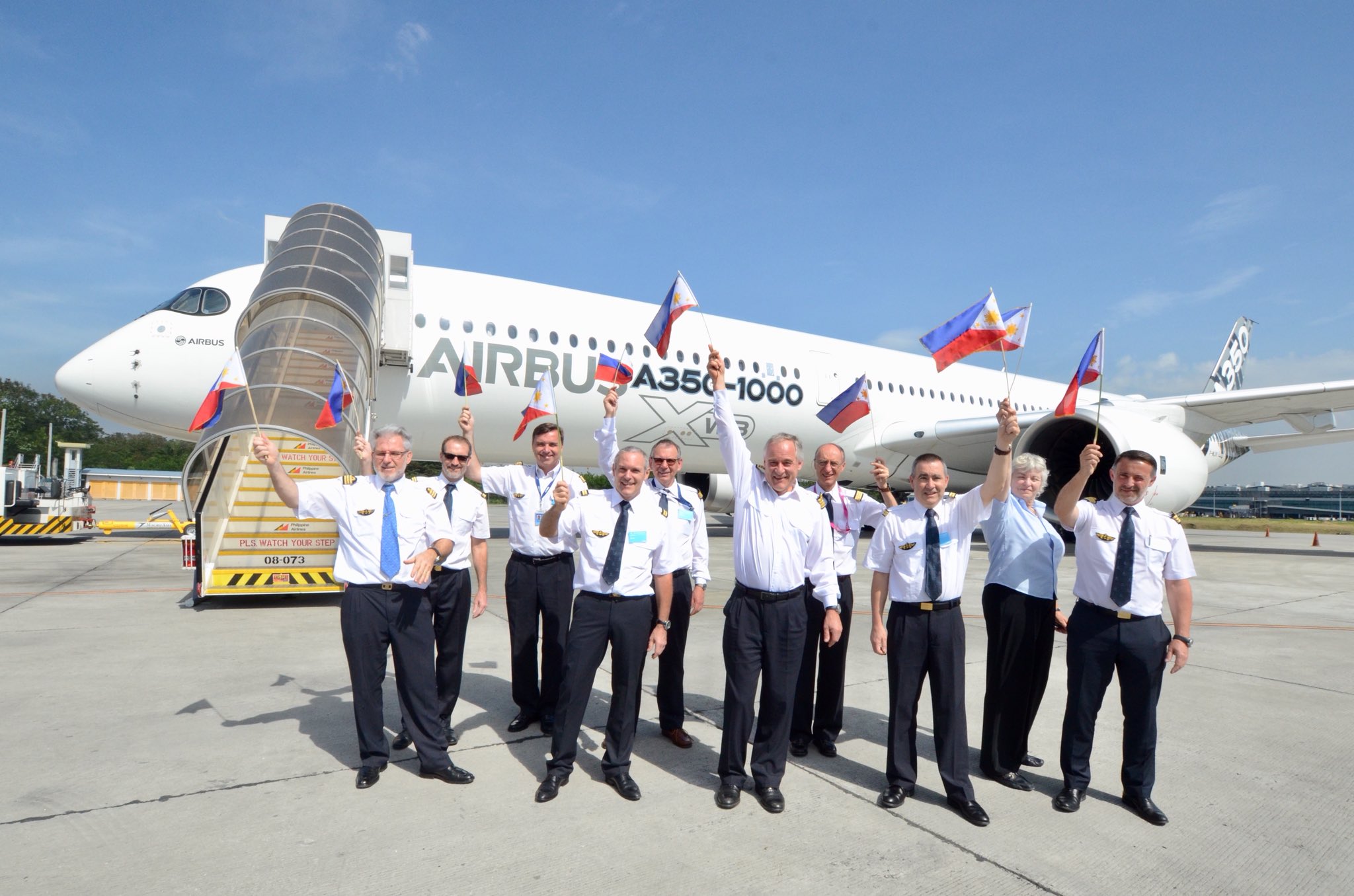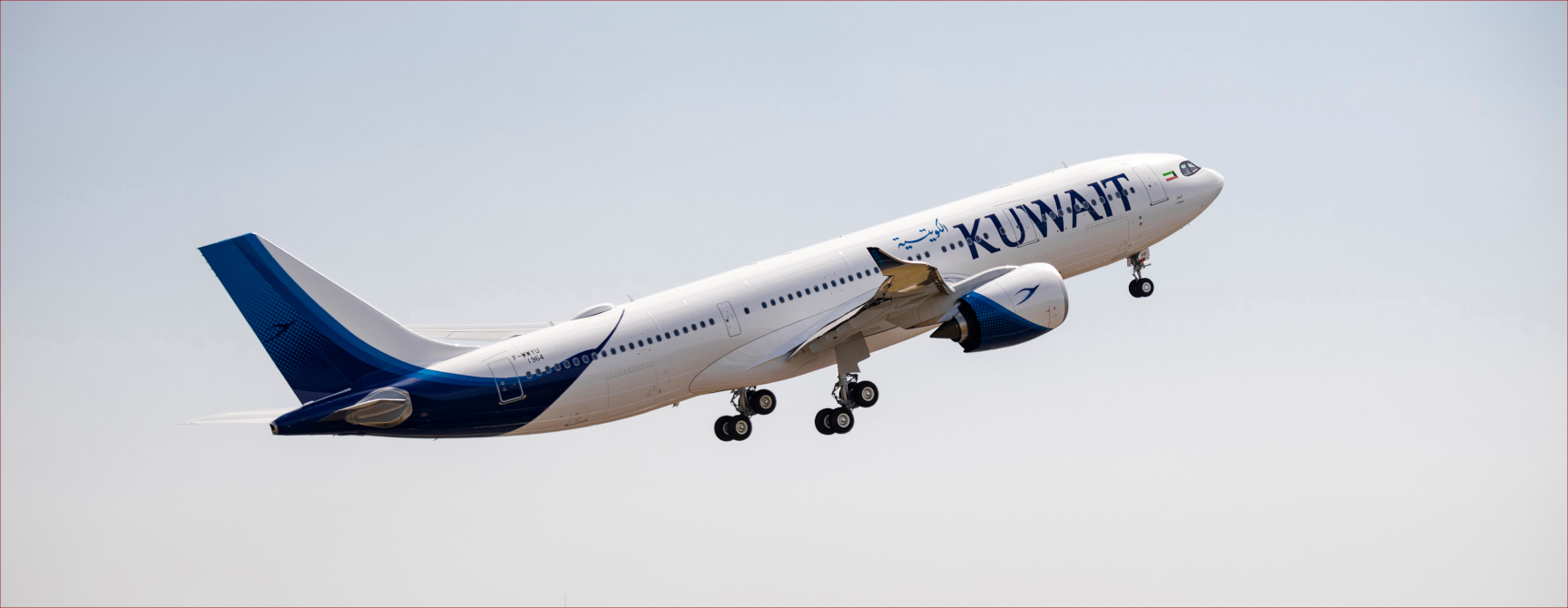Philippine Airlines (PAL) celebrated its 82nd anniversary last Wednesday and revealed plans for future fleet expansion despite pandemic-related delays. The flag carrier is now considering the purchase of new widebody aircraft, with a particular interest in the larger A350-1000 model.
According to a report from BusinessMirror, PAL President and COO Stanley Ng confirmed the airline’s intention to revisit its order book, stating that a new order will be firm “maybe within the month or next month.”
PAL Holdings, Inc. affirmed the BusinessMirror report in a disclosure to the Philippine Stock Exchange and further mentioned that the airline targets to return to 2019 levels of aircraft in operation by 2027 or 2028.
In 2019, the airline operated as much as 98 aircraft. Most of the aircraft were returned to lessors during the COVID-19 pandemic and its filing of the Chapter 11 Bankruptcy Protection in the United States.
PAL is expected to receive 13 more Airbus A321neo aircraft, which were previously deferred due to the global pandemic and are now slated for delivery through 2026.
Moreover, the flag carrier plans to “double” its capital expenditures for 2023 to improve product and services. This includes rolling out new routes while working on digital innovations and customer service enhancements.
PAL had previously expressed interest in the A350-1000 in 2018 and has six options included in its order of the A350-900, which could be converted to the larger variant.
Airbus marketed the larger -1000 variant of the A350 in the Philippines in 2018 as part of the aircraft’s tour where it held a demonstration flight for PAL and Cebu Pacific.
Widebody jets are a priority for PAL as they are used on long-haul flights. “Currently, our priority is on upgrading our long-haul fleet,” said Christoph Gaerter, PAL Vice President for Fleet and Network Planning.
“We have eight 777 aircraft that are starting to age. Particularly their cabin interiors are not what we would like to offer our customers so we are looking at several options including refurbishing existing aircraft or buying new ones.”
To meet with the growing air travel demand, the flag carrier announced it will reactivate seven more aircraft this year, bringing the total number of aircraft on its fleet from 68 to 75. This, however, may take time since it will require refurbishing the aircraft and waiting for spare parts.
“The capex might be almost double because of the all the improvements that we want to invest in, including system upgrades, customer relationship management systems,” Ng said, in a report from BusinessMirror.
In addition to upgrading its long-haul fleet, PAL unveiled exciting developments during its 82nd anniversary celebration: a refreshed look on airports and digital platforms, more route network resumptions, the launch of a Port-to-Door service, a new Mabuhay Lounge at NAIA Terminal 1, among others.























Leave a comment